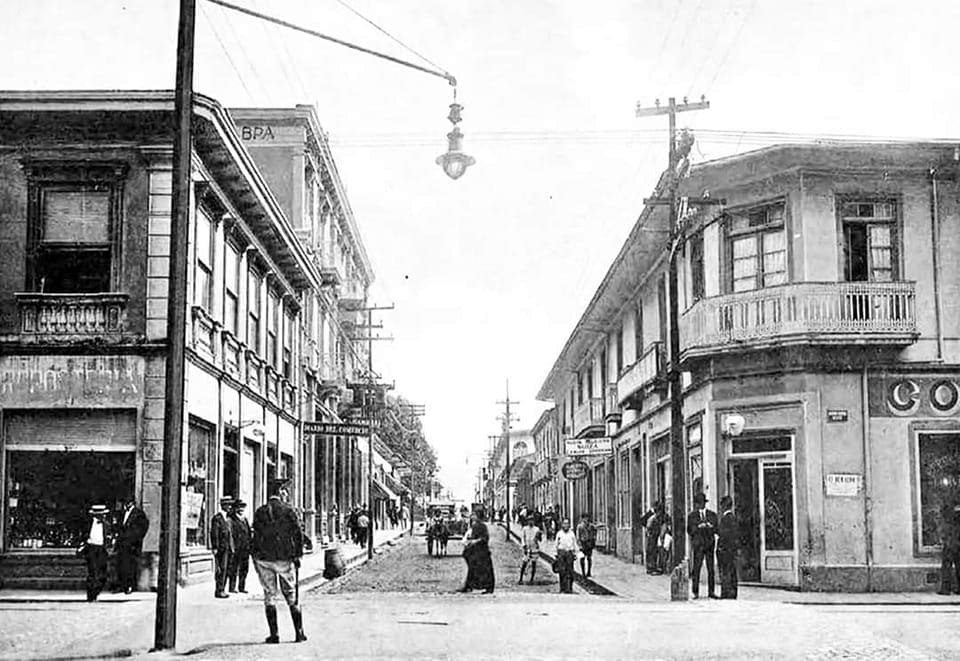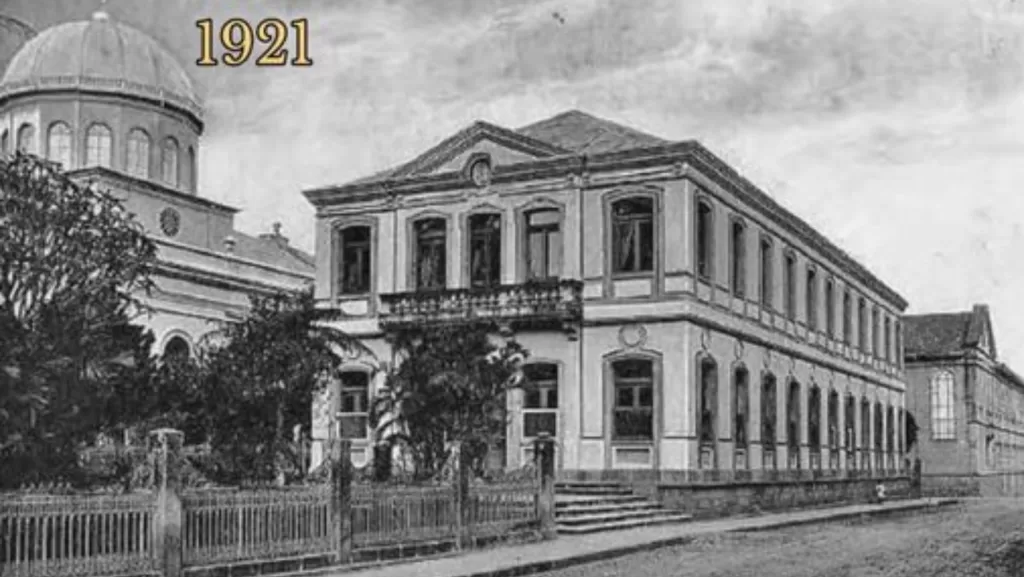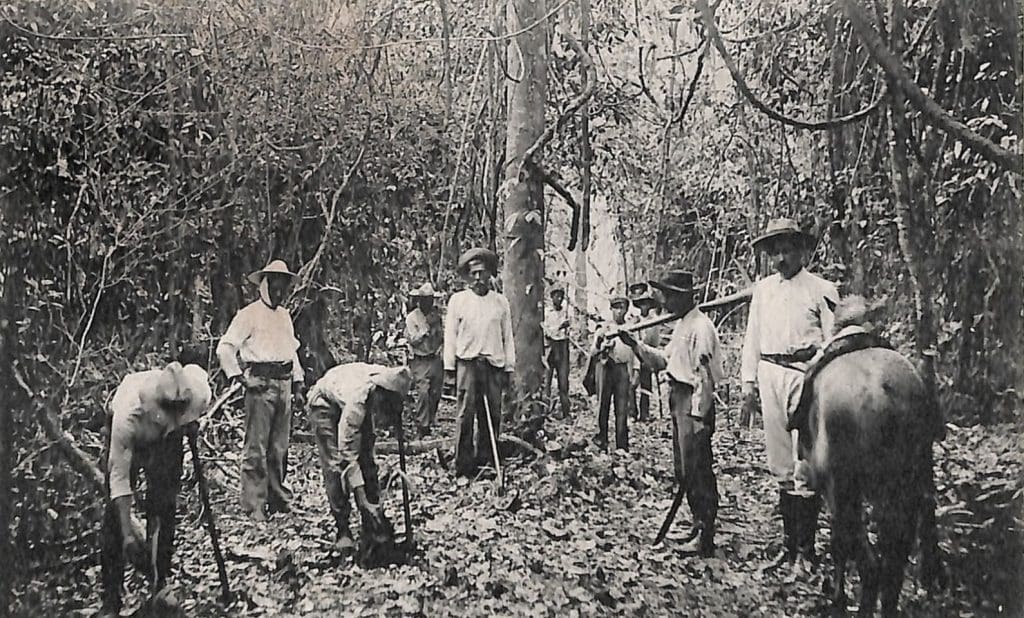
Bright Sparks: איך סן חוזה הפכה לחלוצה עולמית בחשמול
Costa Rica, a beacon of innovation in Central America, made headlines in the late 19th century for its pioneering steps in the world of electrification. San José, the vibrant heart of this nation, distinguished itself by being among the first cities globally to embrace electric lighting, stepping into the limelight shortly after giants like New York and Paris. This historic achievement unfolded on the memorable evening of August 9, 1884, marking a monumental chapter in the annals of technological advancement.
Did you know that San Jose, Costa Rica was the third city in the world to be electrified?
New York, Paris then San Jose
This leap towards electrification was spearheaded by Costa Rica’s forward-thinking leaders, including a cadre of intellectuals and business visionaries who saw electricity as a linchpin for the nation’s economic and social upliftment. The switch was flipped in 1884, illuminating San José with an electric glow that was more than just a technological marvel; it symbolized the nation’s stride towards a brighter, modern future.
The event that lit up San José at precisely 6:15 pm was not just a spectacle but a demonstration of ambition and innovation, positioning the city as a pioneer in Latin America for electric lighting. The power for these lights was generated in the Aranjuez district, where a plant churned out 50 kilowatts to power 25 carbon lamps, casting a new light on the city’s nightscape.
This significant stride was embraced with national pride, with the electric power plant standing as a testament to local ingenuity, drawing inspiration from Thomas Edison’s Pearl Street Station in New York. The vision of Manuel Víctor Dengo, alongside Luis Beltrán from Guatemala, was instrumental in this development, leading to the founding of the Compañía Eléctrica de Costa Rica. Their efforts ushered in a new epoch for the country, one electrified with possibilities.
Electricity’s introduction transformed daily life in San José in profound ways. By 1896, the city had its first tramway service, initially powered by horses and later electrified, revolutionizing transport and urban connectivity. As the 20th century progressed, Costa Rica expanded its electric network, notably venturing into hydroelectric power, leveraging its abundant water resources to lead in renewable energy.
The electrification efforts extended into rural areas, significantly impacting national development. It facilitated advancements in education, healthcare, and the industrial sector, bridging the gap between urban and rural communities and fostering a more equitable society.
Costa Rica today stands as a global leader in sustainability and renewable energy, with a significant portion of its electricity sourced from hydro, wind, and geothermal power. This dedication to green energy aligns with the country’s broader environmental policies, underscoring its commitment to conservation and sustainable development.
The journey of electricity in Costa Rica, especially its early adoption in San José, serves as a testament to the country’s innovative spirit, dedication to progress, and deep-seated respect for the environment. This story not only highlights Costa Rica’s role as a technological trailblazer but also its enduring commitment to paving a sustainable path for future generations.






